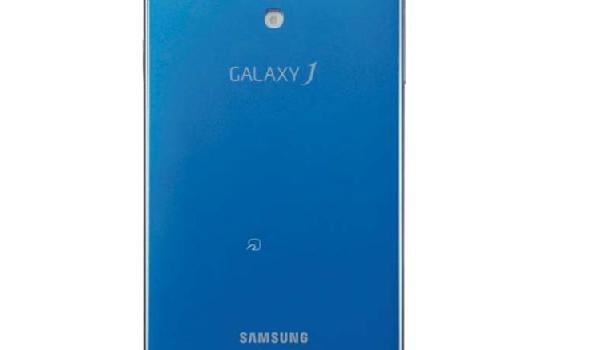The perks of rooting and flashing unofficial updates are that it sometimes bricks your device. Bricks happen to be of two types. The soft brick and the hard brick. The hard brick refers to hardware issues regarding your device. We can’t help you with that. Neither it is advised to tweak with the hardware of your smartphone. You need to take your device to the service center and ask for assistance.
The soft brick, however, arises due to software malfunctions and we have the solution for it. Most android users report the problems of boot loops, bugs, lags and force shutdowns. This is mainly due to a bricked device. You can get your device soft bricked if you have rooted or flashed it to an unofficial update or applied a custom recovery. I’ve got three types of methods for you that you can apply to unbrick your soft-bricked device depending on your circumstances.

Hard Reset
It is quite possible that your phone is misbehaving due to some inappropriate app or bugs/lags. These kinds of problems can be resolved by simply making a hard reset on your device. When you make a hard reset on your device, you practically wipeevery single thing in the internal memory of your Samsung Galaxy J. Thus, you retrieve your device back to the initial state. This may fix those bugs, lags, force close and other problems. It just takes a few second to reset your device. Click here to see how.
Clear Caches
This is to optimize your memory consumption and free some RAM, meaning that this process is especially great if your phone runs slow. If you are still facing the problems even after a hard reset, go one step further and clear the caches of your device. Enter recovery mode by first turning off your device. Now, press and hold down the Power, Volume Down and Home keys all at the same time till the recovery menu is displayed. Use volume rockers to navigate to the Clear Cache option and select it by using the Power Button. Use this method after applying a hard reset on your device.
Downgrading to stock Android OS
This is the most authentic procedure to carry out to fix and unbrick your Samsung Galaxy J. You might be trying to root/flash your device, but something went wrong and now you are with a bricked device. This process downgrades your phone to the stock android OS. That means it will re-lock the bootloader, cancel boot access, install the stock recovery and flash default restrictions. Hence, you are doing the same rooting process but in reverse.
For this method, you’ll need a computer running Windows. You’ll need to disable the antivirus and firewall or other security checks temporarily. Check the battery status of your device. If it is any less than 60% charge it. This is extremely important, as your device may die off in the middle of the procedure that will just complicate things. In the end, make sure that the USB debugging option is enabled on your device. Go to Settings>About Phone>Build Number. Tap on it for seven to eight times. You’ll have access to developer rights. After that, Go to Settings>Developer Options>USB debugging. Enable it. Now, we are going to work with Odin. Download it from here and install. You’ll be needing the update package as well. Get the firmware from any source that you want. Download and install Samsung KIES and use it to install the requisite drivers fro Samsung Galaxy J on your computer.
- Turn off your phone completely. Now, boot it into the download mode. If you don’t know how, just click here.
- Now, make a secure connection of your device with your computer using the USB cable.
- Once you do that, the “added” message on the Odin will be displayed. ID:COM area will turn blue or yellow.
- Now to manually flash your device to your downgraded firmware. In Odin, click PA, load the firmware file (which you have downloaded on your computer) and click on “Start”.
- Wait while the downgraded firmware version of the Android OS is being flashed on your device.
- If the process is successful, the ID:COM area will turn green. Also, a “Pass” message will be displayed on your screen.
- Remove the USB cable and reboot your device.
Now that wasn’t so hard, now was it? Subscribe to our website for more exciting and latest guides, reviews, news and comparisons.